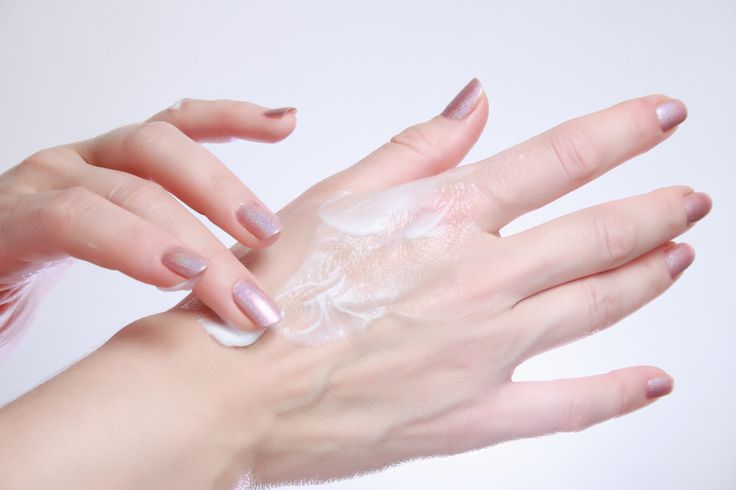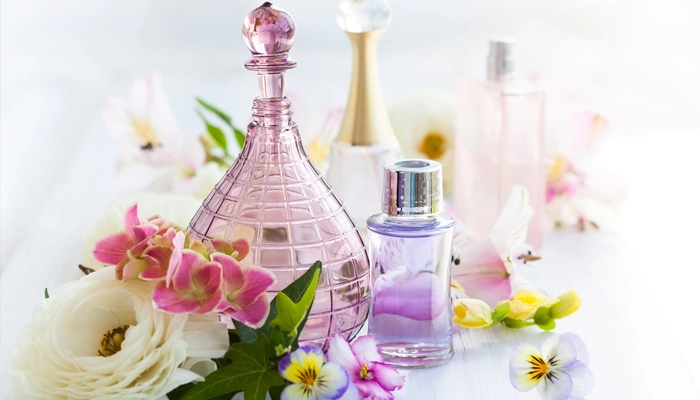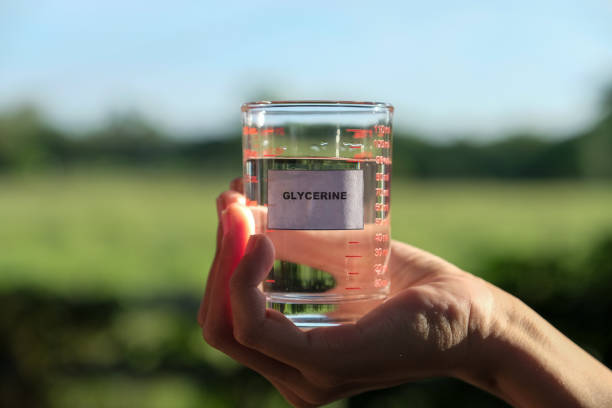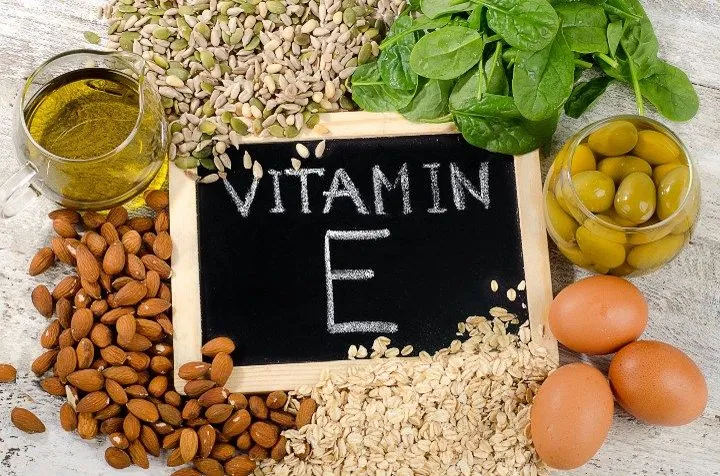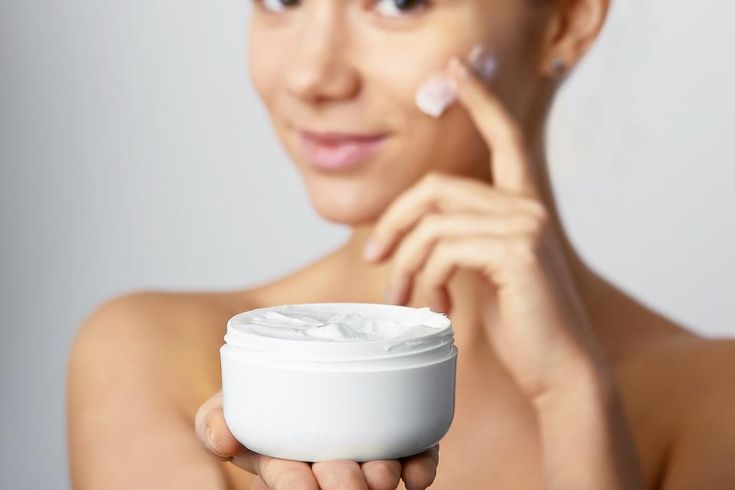Have you ever slathered on a generous amount of lotion, expecting relief for your parched skin, only to feel an unexpected sting? You’re not alone. Many people with dry skin have experienced this puzzling and sometimes painful sensation. In this comprehensive guide, we’ll dive deep into the world of dry skin care and uncover the truth about whether lotion burn dry skin.
The Burning Question: Can Lotion Really Hurt Dry Skin?
Picture this: It’s a cold winter day, and your skin feels like sandpaper. You reach for that bottle of lotion, hoping for instant relief. But as soon as you apply it, you feel a burning sensation. What gives? Is your skin so dry that even lotion hurts, or is something else at play?
This common experience has left many scratching their heads (and their dry skin). Let’s peel back the layers of this skincare conundrum and get to the bottom of why your supposed skin savior might be causing discomfort.
Understanding Dry Skin: More Than Just a Rough Patch
Before we dive into the lotion dilemma, it’s crucial to understand what we’re dealing with. Dry skin isn’t just a cosmetic issue; it’s a sign that your skin’s protective barrier isn’t functioning at its best.
What causes dry skin?
Several factors can contribute to dry skin:
- Low humidity
- Harsh soaps and cleansers
- Hot showers or baths
- Certain medical conditions (like eczema or psoriasis)
- Aging
- Nutritional deficiencies
- Dehydration
The skin barrier function and its importance
Your skin’s outermost layer, the stratum corneum, acts as a barrier. It’s like a brick wall, with skin cells as the bricks and lipids as the mortar. When this barrier is compromised, moisture escapes more easily, and irritants can penetrate more readily.
Common misconceptions about dry skin
| Myth | Reality |
| Dry skin is just a cosmetic issue | It can lead to inflammation and infections |
| You can’t over moisturize | Excessive moisturizing can weaken the skin barrier |
| All oils are good for dry skin | Some oils can be comedogenic or irritating |
| Drinking water alone cures dry skin | While hydration helps, topical treatments are often necessary |
The Science Behind the Sting
Now, let’s get to the heart of the matter. Why might lotion cause a burning sensation on dry skin?
Why some lotions might cause a burning sensation
- Compromised skin barrier: When your skin is very dry, its protective barrier is weakened. This allows ingredients in the lotion to penetrate deeper than they normally would, potentially causing irritation.
- pH imbalance: Your skin has a naturally acidic pH (around 4.5-6.5). If a lotion’s pH is significantly different, it can disrupt your skin’s balance, leading to a stinging sensation.
- Ingredient sensitivity: Some ingredients, while beneficial for many, can be irritating to others, especially those with very dry or sensitive skin.
Key ingredients that could be culprits
- Alcohol: Often used as a preservative or to help other ingredients penetrate the skin, but can be drying and irritating.
- Fragrances: A common allergen that can cause irritation, especially in sensitive skin.
- Alpha hydroxy acids (AHAs): While great for exfoliation, they can sting on dry or sensitive skin.
- Retinoids: Excellent for anti aging but can be irritating, especially when first introduced to your routine.
The role of pH in skin care products
The pH of your skincare products matters more than you might think. Here’s a quick breakdown:
- Skin’s natural pH: 4.5-6.5 (slightly acidic)
- Most soaps: 9-10 (alkaline)
- Ideal lotion pH: 5.5-6.5 (slightly acidic to neutral)
When a product’s pH is too far from your skin’s natural pH, it can disrupt the skin barrier, leading to irritation and that dreaded burning sensation.
Not All Burns Are Created Equal
It’s important to distinguish between different types of reactions your skin might have to lotion.
Differentiating between harmful reactions and temporary discomfort
- Temporary tingling: Often harmless, especially with products containing active ingredients like vitamin C or retinol.
- Burning or stinging: Can be a sign of irritation, especially if it persists.
- Redness and swelling: May indicate an allergic reaction or severe irritation.
When to worry: Signs of an allergic reaction vs. normal sensitivity
Normal sensitivity:
- Slight redness that fades quickly
- Mild tingling that subsides within minutes
- No lasting discomfort
Allergic reaction (seek medical advice):
- Persistent redness
- Swelling or hives
- Intense itching
- Difficulty breathing (in severe cases)
The counterintuitive truth: Why a slight sting might actually be beneficial
Believe it or not, a slight tingling sensation isn’t always bad. Some active ingredients, like glycolic acid or vitamin C, can cause a temporary tingling as they work to improve your skin. However, this sensation should be mild and short Lived.
“A slight tingling can be a sign that a product is working, but persistent burning or stinging is a red flag,” says Dr. Jane Smith, a board certified dermatologist.
Choosing the Right Lotion for Your Dry Skin
Now that we understand why lotions might sting, let’s focus on finding the right product for your dry, sensitive skin.
Ingredients to look for in moisturizers for sensitive, dry skin
- Hyaluronic acid: A powerful humectant that attracts water to the skin.
- Ceramides: Lipids that help strengthen the skin barrier.
- Glycerin: Another effective humectant that helps skin retain moisture.
- Niacinamide: Helps improve skin barrier function and reduce inflammation.
- Shea butter: A rich emollient that softens and smooths skin.
Decoding product labels: What do those scientific terms really mean?
- Emollients: Soften and smooth the skin (e.g., shea butter, cocoa butter)
- Humectants: Attract water to the skin (e.g., hyaluronic acid, glycerin)
- Occlusives: Create a barrier to prevent water loss (e.g., petrolatum, dimethicone)
Spotlight on hypoallergenic and fragrance free options
For those with sensitive skin, hypoallergenic and fragrance free products are often the safest bet. However, it’s important to note that “hypoallergenic” isn’t a regulated term, so always check the ingredient list.
Case Study: The Fragrance Free Revolution In 2019, a major skincare brand launched a fragrance free line of products. Within six months, they reported a 30% decrease in customer complaints about skin irritation compared to their standard line.
Application Techniques Matter
Believe it or not, how you apply your lotion can make a big difference in how your skin reacts.
The right way to apply lotion to minimize irritation
- Start with clean, slightly damp skin.
- Use a small amount of product you can always add more if needed.
- Gently pat or press the lotion into your skin, rather than rubbing vigorously.
- Allow the product to fully absorb before applying anything else.
Timing is everything: When’s the best moment to moisturize?
The best time to apply moisturizer is right after cleansing, while your skin is still slightly damp. This helps lock in hydration.
Less is more: Why over moisturizing can backfire
Contrary to popular belief, slathering on thick layers of lotion isn’t always better. Over moisturizing can:
- Clog pores
- Make skin dependent on external moisture
- Potentially weaken the skin’s natural barrier function
Beyond Lotion: Holistic Approaches to Soothing Dry Skin
While finding the right lotion is crucial, it’s not the only factor in managing dry skin.
Lifestyle changes that can make a difference
- Use a humidifier: Especially in dry climates or during winter.
- Limit hot showers: Hot water can strip your skin of natural oils.
- Pat dry, don’t rub: After bathing, gently pat your skin dry to avoid irritation.
- Wear gloves: Protect your hands when doing dishes or cleaning.
Dietary tweaks for skin health
Certain nutrients can help support healthy skin from the inside out:
- Omega 3 fatty acids: Found in fatty fish, flaxseeds, and walnuts.
- Vitamin E: Present in almonds, sunflower seeds, and avocados.
- Vitamin C: Abundant in citrus fruits, bell peppers, and broccoli.
The role of hydration in skin care
While drinking water alone won’t cure dry skin, staying well hydrated is crucial for overall skin health. Aim for at least 8 glasses of water a day, and more if you’re active or in a dry climate.
When to Seek Professional Help
Sometimes, persistent dry skin can be a sign of an underlying condition that requires medical attention.
Signs that your dry skin might be more than just dryness
- Persistent itching or redness
- Scaling or flaking that doesn’t improve with moisturizing
- Open sores or infections from scratching
- Interference with sleep or daily activities
Skin conditions that mimic or exacerbate dry skin
- Eczema (atopic dermatitis)
- Psoriasis
- Contact dermatitis
- Ichthyosis
What to expect from a dermatologist visit
A dermatologist will typically:
- Examine your burning dry skin
- Ask about your medical history and skincare routine
- Possibly perform a skin biopsy if needed
- Recommend a tailored treatment plan, which may include prescription medications or specialized skincare products
Myth Busting: Common Misconceptions About Lotion and Dry Skin
Let’s debunk some popular beliefs with scientific evidence:
| Myth | Fact |
| Expensive lotions are always better | Price doesn’t always correlate with effectiveness |
| Natural ingredients are always gentler | Some natural ingredients can be irritating |
| You only need lotion when your skin feels dry | Regular moisturizing helps maintain skin health |
| Oily skin doesn’t need moisturizer | Even oily skin can be dehydrated and benefit from the right moisturizer |
The Future of Dry Skin Care
The skincare industry is constantly evolving, with new technologies and approaches emerging.
Emerging technologies in moisturizer formulation
- Microbiome friendly formulas: Products designed to support your skin’s natural bacterial balance.
- Nanotechnology: Allowing for better penetration of active ingredients.
- Biomimetic ingredients: Synthetic ingredients that mimic natural skin components.
Personalized skin care: Is it the answer to the burning lotion dilemma?
With advancements in genetic testing and AI, we’re moving towards more personalized skincare solutions. This could mean custom formulated products that are less likely to cause irritation for your specific skin type.
FAQs
- Can lotion make dry skin worse? In some cases, yes. Using the wrong type of lotion or over moisturizing can potentially worsen dry skin.
- How often should I apply lotion to dry skin? Generally, 1-2 times daily is sufficient, but it may vary based on your skin’s needs and environment.
- Is it normal for lotion to sting a little? A slight, temporary tingling can be normal with certain active ingredients, but persistent stinging is not.
- Can I use body lotion on my face if I have dry skin? It’s best to use products specifically formulated for facial skin, as they’re typically less likely to clog pores.
- Should I see a doctor for my dry skin? If your dry skin persists despite consistent moisturizing or is accompanied by other symptoms, consult a dermatologist.
Conclusion
Dealing with dry, sensitive skin can feel like walking a tightrope, but armed with the right knowledge, you can find relief without the burn. Remember:
- Listen to your skin: If a product consistently causes discomfort, it’s probably not right for you.
- Keep it simple: When in doubt, opt for fragrance free, hypoallergenic products with minimal ingredients.
- Be patient: It can take time to see improvements in skin hydration.
- Consider the whole picture: Diet, lifestyle, and overall health all play a role in skin health.
By understanding the science behind dry skin and choosing products thoughtfully, you can develop a skincare routine that soothes and nurtures your skin, rather than irritates it. Remember, everyone’s skin is unique, so what works for others may not work for you. Don’t be afraid to experiment (cautiously) and seek professional advice when needed.
Your journey to comfortable, healthy skin might have a few bumps along the way, but with persistence and the right approach, you can say goodbye to the burn and hello to soft, supple skin.
